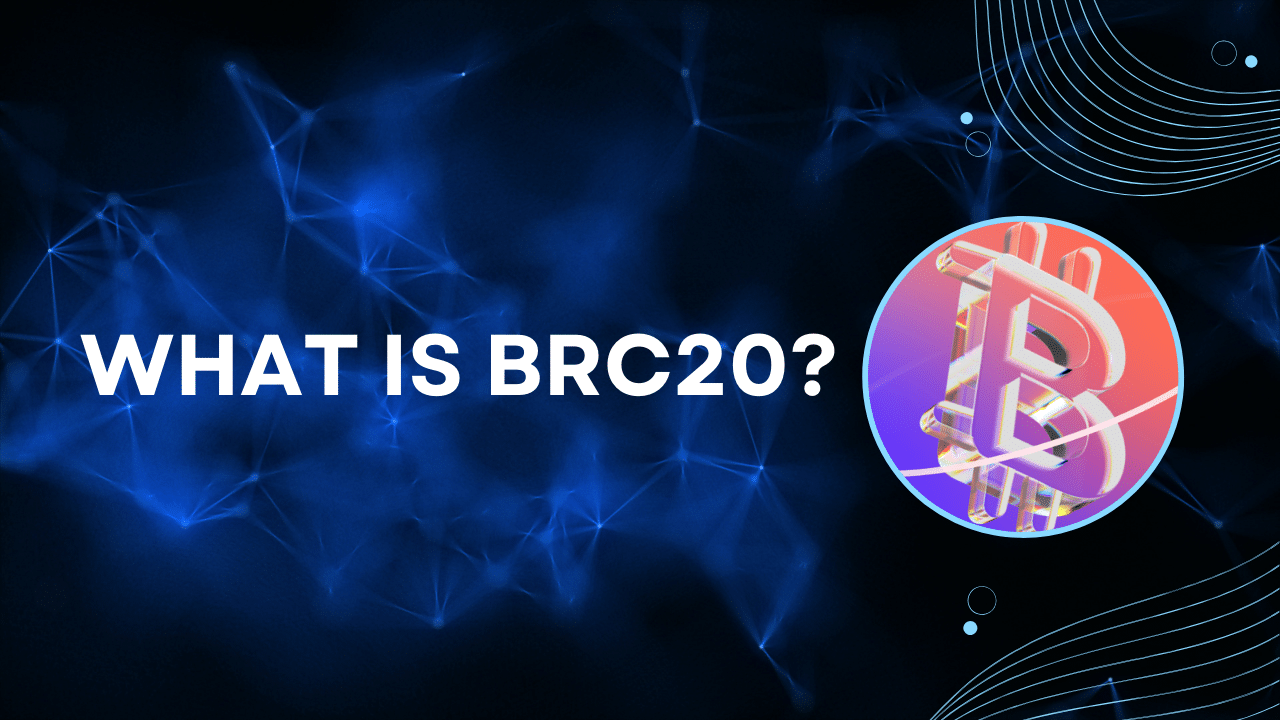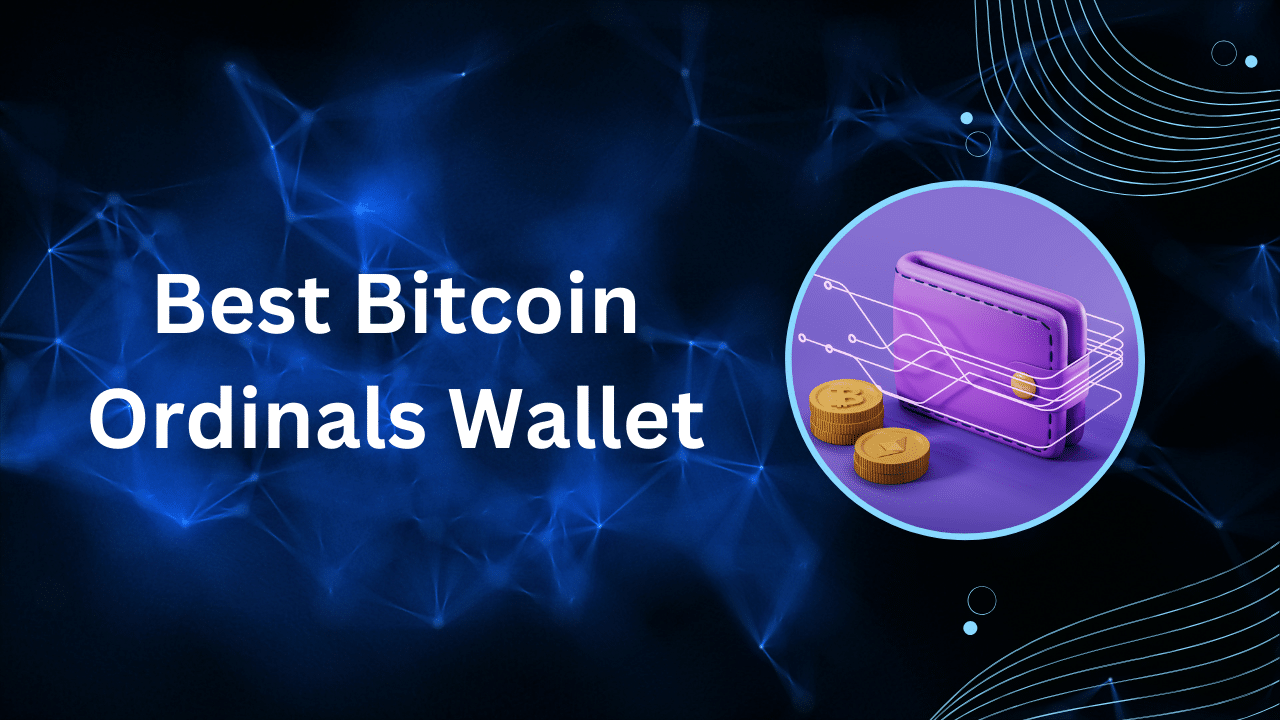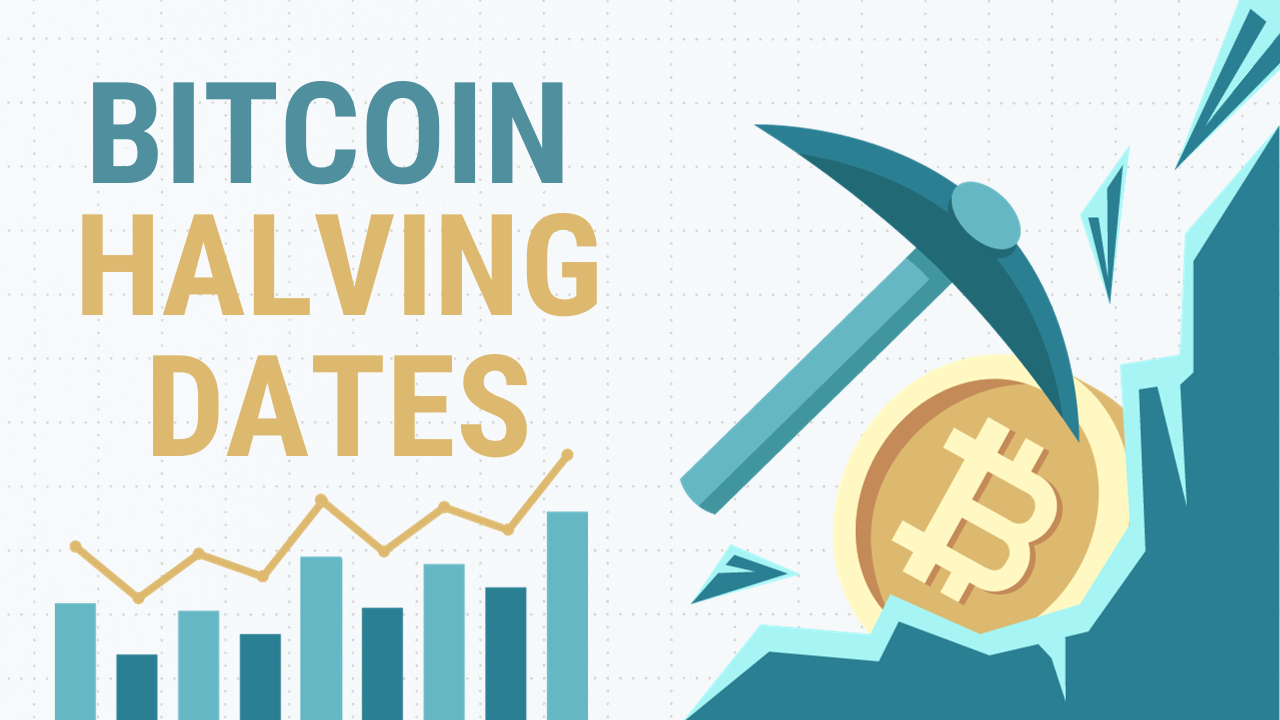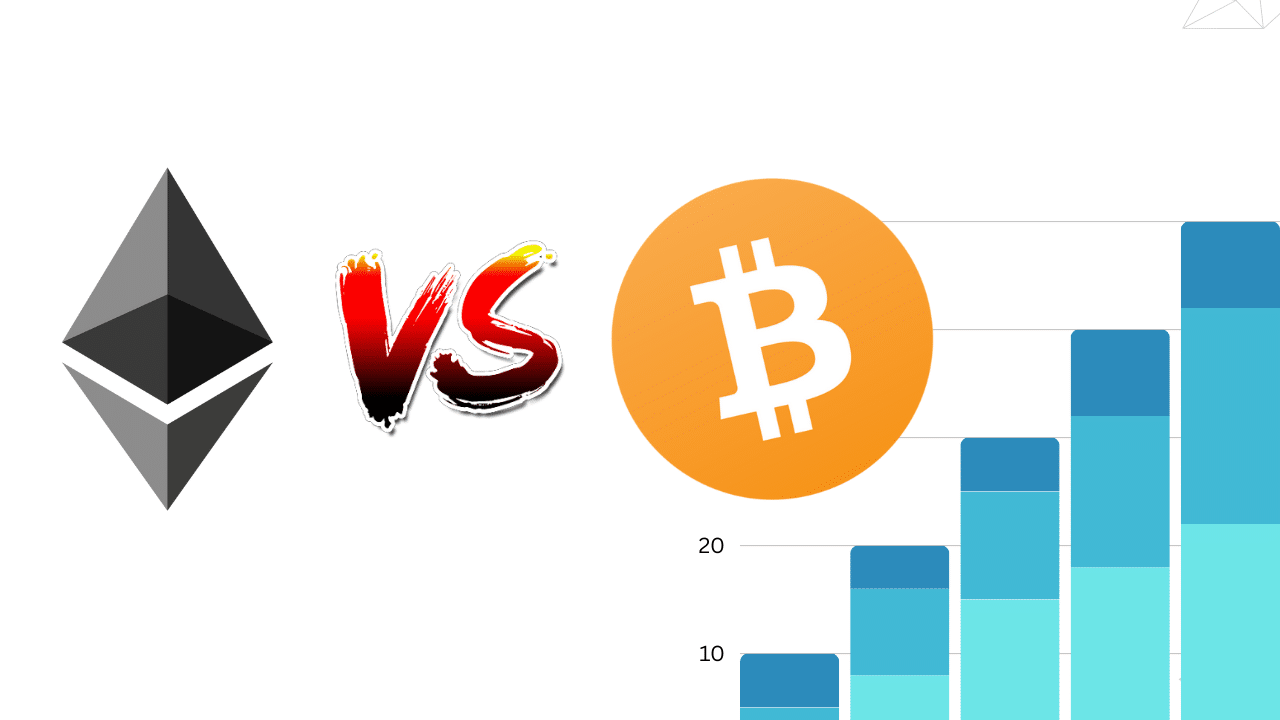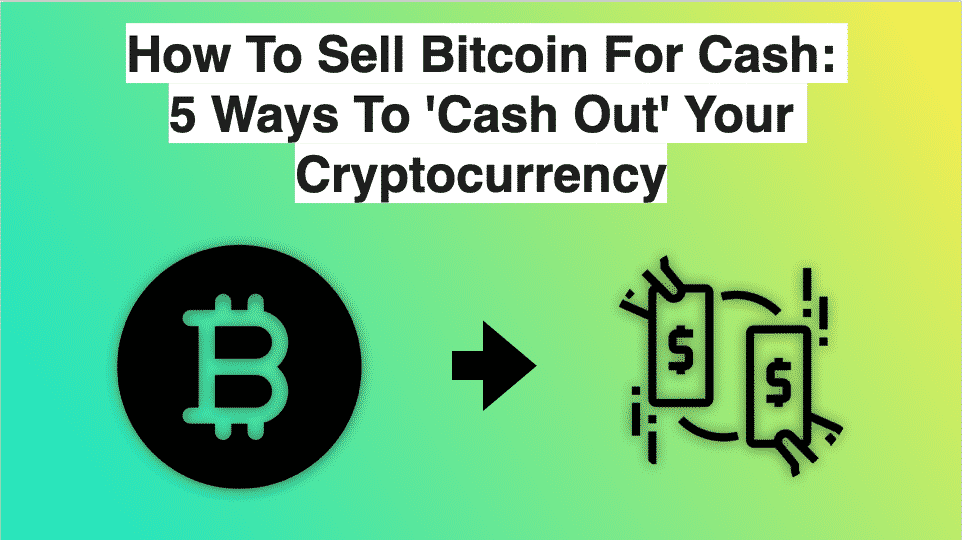Contents
|
|
Overview of BRC-20 Tokens
BRC-20 is a unique token standard developed explicitly for the Bitcoin network. These tokens are established on the foundation of the Bitcoin blockchain, enabling the generation and oversight of digital assets. The BRC-20 token standard serves as a framework comprising specific regulations and procedures that dictate how tokens can be produced, transmitted, and engaged with within the Bitcoin network.
Creating BRC-20 tokens involves adhering to a set of guidelines outlined by this particular token standard. For instance, developers must ensure compatibility with existing wallets and exchanges that support BRC-20 tokens. This ensures seamless interaction between different platforms within the Bitcoin ecosystem. By following these rules, users can trust in the consistency and reliability of transactions involving BRC-20 tokens.
Benefits of BRC-20 Tokens
One advantage of utilizing BRC-20 tokens lies in their interoperability across various applications and services within the Bitcoin network. This means that these tokens can be seamlessly integrated into different decentralized applications (dApps) or used for specific purposes such as voting mechanisms or loyalty programs.
Moreover, due to its association with one of the most renowned blockchains – Bitcoin – BRC-20 tokens inherit robust security features inherent in the underlying technology. This provides users with an added layer of confidence when engaging in transactions involving these digital assets.
Challenges Associated with BRC-20 Tokens
Despite their benefits, managing *BRS 2O tokns may present some challenges related to scalability issues on the Bitcoin network due to high transaction volumes. Ensuring compliance with evolving regulatory requirements governing cryptocurrencies could pose obstacles for developers looking to create new projects based on this token standard.
Contents
Comparison Between BRC-20 and ERC-20 Tokens
What BRC-20 Stands For
BRC-20 tokens are specifically tailored for use on the Bitcoin network. They are similar to ERC-20 tokens but operate within the Bitcoin blockchain’s ecosystem. While ERC-20 tokens function primarily on the Ethereum blockchain, BRC-20 tokens harness the security and infrastructure of the Bitcoin network.
BRC in BRC-20 stands for “Bitcoin Request for Comment.” This naming convention is akin to Ethereum’s ERC (Ethereum Request for Comment) standard. Both standards serve as guidelines that developers follow when creating new cryptocurrencies or digital assets.
Differences in Blockchain Technology
The primary distinction between BRC-20 and ERC-20 lies in their underlying blockchain technology. While both token types enable developers to create fungible digital assets, they diverge in terms of the networks they operate within. For instance, ERC-20 tokens run on top of Ethereum‘s blockchain, benefiting from its smart contract capabilities and decentralized applications.
On the other hand, BRC-20 tokens leverage Bitcoin‘s robust network infrastructure known for its security features and widespread adoption. The choice between using a specific token standard depends largely on factors such as desired functionalities, scalability requirements, and target user base.
-
Pros:
-
Enhanced security due to leveraging Bitcoin‘s established network.
-
Access to a wide user base familiar with transactions on the Bitcoin network.
-
Cons:
-
Limited smart contract capabilities compared to Ethereum-based tokens.
-
Potential scalability challenges given Bitcoin’s transaction processing speed limitations.
Functionality and Significance in the Bitcoin Ecosystem
Expanding Utility
BRC-20 tokens are pivotal in broadening the utility of the Bitcoin ecosystem. By facilitating the generation of new digital assets, these tokens introduce a myriad of possibilities within the network. For instance, they enable decentralized finance (DeFi) platforms to thrive and support tokenized securities. This expansion enhances not only the functionality but also the versatility of Bitcoin beyond conventional cryptocurrency transactions.
BRC-20 tokens open up avenues for innovative projects and technologies to flourish within the Bitcoin blockchain. Their introduction marks a significant evolution in how bitcoin users interact with this technology, offering them more diverse options than ever before. With these tokens, developers can mint unique assets that cater to specific interests or needs, further enriching the overall ecosystem.
Enhancing Adoption
The incorporation of BRC-20 tokens plays a crucial role in driving adoption and interest towards Bitcoin. By creating additional use cases beyond mere transactions, these tokens contribute to making individual satoshis more valuable within the network. The ability to tokenize various assets through BRC-20 standards increases their fungibility while also attracting more capitalization into different projects leveraging this mechanism.
-
BRC-20 tokens foster creativity and innovation by allowing developers to explore new ways to utilize individual satoshi, thereby contributing to research and development efforts aimed at enhancing user experience.
-
They play a vital role in expanding market capitalization by enabling diverse projects that bring value-added services or products into existence on top of traditional cryptocurrency offerings.
Advantages and Limitations of Using BRC-20 Tokens
Compatibility with Bitcoin Wallets
BRC-20 tokens have a notable advantage – they work seamlessly with existing Bitcoin wallets, simplifying the storage and management for users. This compatibility eliminates the need for additional or specialized wallets, streamlining the user experience. For example, if you already have a Bitcoin wallet, you can easily store and access your BRC-20 tokens within the same interface.
In addition to being convenient, this compatibility ensures that users do not have to navigate through multiple platforms or applications to handle their various crypto assets. By utilizing BRC-20 tokens, individuals can consolidate their digital holdings in one place, promoting efficiency and ease of use.
Transaction Throughput Constraints
Despite its advantages, one limitation of BRC-20 tokens is their potentially lower transaction throughput compared to other token standards. This constraint stems from the scalability challenges inherent in the Bitcoin network, impacting how quickly transactions can be processed. As a result, users may experience delays or higher fees during peak usage times.
However, it’s essential to note that these limitations are not unique to BRC-20 tokens but rather reflect broader issues within the Bitcoin ecosystem related to scalability and network congestion. While slower transaction speeds may pose challenges in certain scenarios, many users prioritize security and decentralization over speed when choosing BRC-20 tokens.
Enhanced Security and Decentralization
One significant benefit of using BRC-20 tokens is their ability to leverage the robust security features and decentralized nature of the underlying Bitcoin blockchain. By operating on this established network, these tokens inherit layers of protection against fraudulent activities such as double-spending or unauthorized access.
Moreover, due to Bitcoin‘s decentralized architecture, BRC-20 tokens offer increased resilience against censorship or control by any single entity. This decentralized approach aligns with the core principles of cryptocurrencies – empowering individuals with financial sovereignty while reducing reliance on centralized authorities for asset management.
Development and Origin of BRC-20 Tokens
Development
BRC-20 tokens were created due to the rising need for tokenized assets on the Bitcoin network. Developers introduced the BRC-20 standard to establish a consistent token framework tailored specifically for Bitcoin‘s ecosystem. The development of new tokens like BRC-20 aimed to enhance the functionality and flexibility of the Bitcoin blockchain.
BRC-20 tokens represent an evolution in how assets are managed within the Bitcoin network, offering a standardized approach that simplifies token creation and management. By introducing token contracts through BRC-20, developers sought to streamline asset issuance and ensure interoperability among different tokens on the same platform.
Origin
The origin of BRC-20 tokens can be linked back to developers’ aspirations to broaden the utility of the Bitcoin blockchain beyond its native cryptocurrency. Through ordinal inscriptions, also known as ordinals protocol, developers envisioned expanding beyond simple transactions into more complex interactions using custom digital assets.
One key aspect that spurred the creation of BRC-20 was enabling users to tokenize various real-world assets securely on a decentralized platform like Bitcoin. This move towards establishing ordinals protocol allowed for greater innovation in utilizing blockchain technology for diverse applications such as creating unique NFTs (non-fungible tokens) or representing ownership rights digitally.
Potential Use Cases for BRC-20 Tokens
Fungible Tokens
BRC-20 tokens, which are fungible tokens, can be used in various sectors like real estate and gaming. They allow for secure asset transfers and fractional ownership. For instance, in the real estate sector, these tokens could represent shares of a property. This enables investors to own a portion of a property without having to purchase the entire asset.
BRC-20 tokens operate on smart contracts within the Bitcoin network. These smart contracts ensure that transactions are executed automatically when predefined conditions are met. In supply chain management, these tokens can track products from their origin to delivery securely using blockchain technology.
DeFi Applications
The use cases of BRC-20 tokens extend to revolutionizing traditional financial systems through peer-to-peer lending and decentralized exchanges powered by smart contracts. For example, users can lend or borrow funds directly from each other without involving traditional financial institutions by utilizing these tokens as collateral.
These tokens also facilitate various Decentralized Finance (DeFi) applications on the Bitcoin network such as automated market makers and yield farming protocols. By leveraging smart contracts, users can participate in liquidity pools or stake their assets to earn rewards seamlessly within the decentralized ecosystem.
Crowdfunding Projects and ICOs
Another significant application of BRC-20 tokens is enabling crowdfunding projects and Initial Coin Offerings (ICOs) within the Bitcoin ecosystem. Companies looking to raise funds for new ventures can create digital assets represented by BRC-20 tokens and offer them to potential investors globally through token sales.
Purchasing, Storing, and Compatibility with the Bitcoin Network
Purchasing BRC-20 Tokens
Users can obtain BRC-20 tokens through various means. Firstly, they can purchase these tokens on cryptocurrency exchanges that support them. Individuals can participate in token sales organized by projects that utilize the BRC-20 standard. For example, if a new decentralized application (dApp) issues its native tokens following the BRC-20 standard, interested parties would be able to acquire these tokens during an initial coin offering (ICO) or a token sale event.
Storing BRC-20 Tokens
Users have multiple options akin to safeguarding their Bitcoin holdings. They can store these tokens in compatible wallets like hardware wallets or software wallets that also support Bitcoin. Hardware wallets provide enhanced security as they are offline devices designed to keep cryptocurrencies safe from online threats such as hacking attempts or malware attacks. On the other hand, software wallets offer convenience and accessibility for users who frequently engage in transactions involving their digital assets.
Compatibility with the Bitcoin Network
One of the significant advantages of BRC-20 tokens is their seamless compatibility with the Bitcoin network infrastructure. This interoperability allows for easy integration of services and applications built around Bitcoin into those utilizing BRC-20 tokens without any complications or technical hurdles. As a result, developers looking to create decentralized apps that interact directly with both networks find it easier due to this inherent compatibility between BRC-20 and Bitcoin protocols.
Future Prospects and Impact of BRC-20 Tokens on Bitcoin
Driving Innovation in the Bitcoin Ecosystem
BRC-20 tokens are set to revolutionize the Bitcoin ecosystem by attracting developers and entrepreneurs keen on constructing new applications. These tokens will open up avenues for innovation, fostering creativity within the crypto space. For instance, developers can create unique tokens representing various assets or services, enhancing the overall utility of Bitcoin.
The introduction of BRC-20 tokens is poised to boost liquidity in the Bitcoin network significantly. This increased liquidity could translate into a more vibrant marketplace for digital assets, providing users with diverse options for utilizing their cryptocurrencies beyond traditional means like trading or holding. As a result, crypto assets become more versatile and accessible to a broader audience.
Tokenization of Real-World Assets
One significant impact of BRC-20 tokens is their potential to facilitate the tokenization of real-world assets on the Bitcoin network. This development bridges the gap between conventional finance systems and blockchain technology, offering a seamless integration that enhances efficiency and transparency in asset management processes. Through tokenization, physical assets such as real estate properties or commodities can be represented digitally on the blockchain.
The advent of BRC-20 tokens presents an exciting opportunity for individuals seeking exposure to different asset classes through cryptocurrency investments. By enabling fractional ownership of high-value assets like real estate or art pieces, these tokens democratize investment opportunities previously reserved for institutional investors only.
Summary
You’ve delved into the world of BRC-20 tokens, understanding their significance in the Bitcoin ecosystem. Comparing them to ERC-20 tokens shed light on their unique features. From advantages to limitations, you’ve seen how BRC-20 tokens play a crucial role in the development and origin of token standards. Exploring potential use cases and future prospects, you’ve glimpsed into the exciting possibilities they offer.
As you navigate the realm of cryptocurrency, consider how BRC-20 tokens can revolutionize transactions within the Bitcoin network. Stay informed about advancements in token standards and embrace the opportunities they present. Keep exploring, stay curious, and remember – the future of digital assets is yours to shape.
Frequently Asked Questions
What is the BRC-20 token standard?
The BRC-20 token standard is a set of rules and protocols used for creating and managing tokens on the Bitcoin network, similar to ERC-20 tokens on Ethereum.
How does BRC-20 differ from ERC-20 tokens?
BRC-20 tokens are specifically designed for use on the Bitcoin network, while ERC-20 tokens are meant for the Ethereum blockchain. Each has unique functionalities tailored to their respective ecosystems.
How can I purchase and store BRC-20 tokens?
You can purchase BRC-20 tokens through supported exchanges or platforms. To store them securely, consider using compatible wallets that integrate with the Bitcoin network infrastructure.
What are some potential use cases for BRC-20 tokens?
BRC-20 tokens can be utilized for various applications such as decentralized finance (DeFi) projects, digital asset representation, loyalty programs, and tokenized securities within the Bitcoin ecosystem.
What impact do BRC-20 tokens have on the future of Bitcoin?
BRC-20 tokens hold promise in enhancing liquidity, expanding utility, and fostering innovation within the Bitcoin network by enabling new financial instruments and decentralized applications (dApps).

